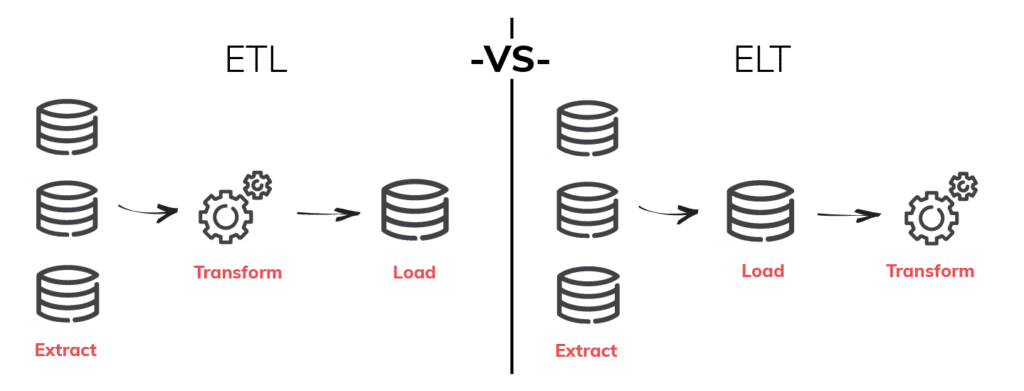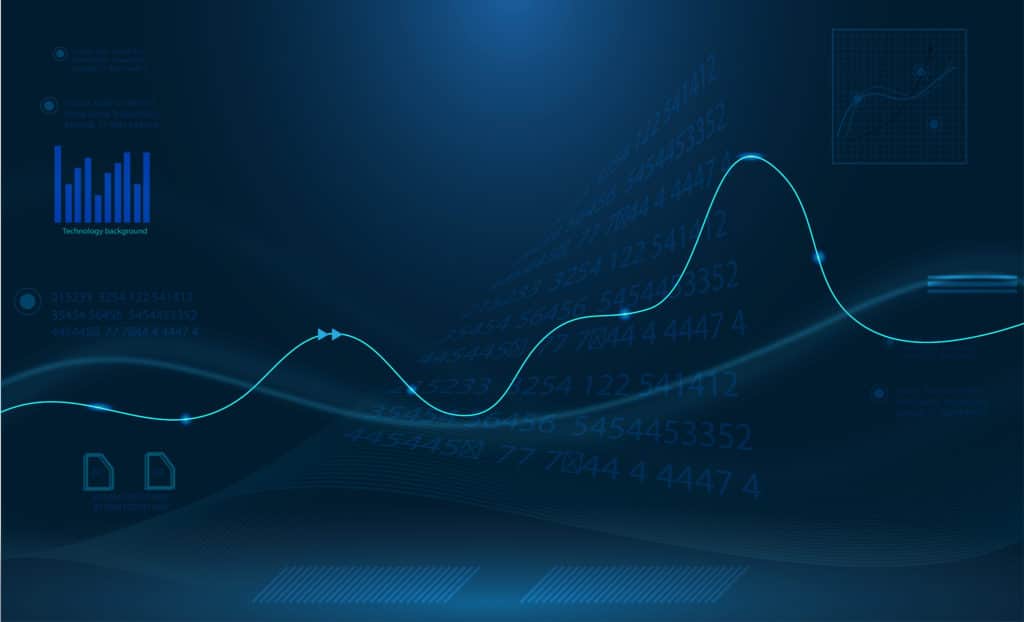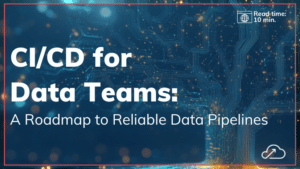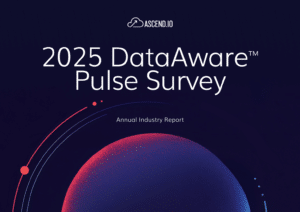The last three years have seen a remarkable change in data infrastructure. ETL changed towards ELT. Now, data teams are embracing a new approach: reverse ETL.
Cloud data warehouses, such as Snowflake and BigQuery, have made it simpler than ever to combine all of your data into one location. Today, data teams build ELT pipelines to load the data. After, they leverage the power of the cloud warehouse to perform deep analysis, build predictive models, and feed BI tools and dashboards.
However, data warehouses are only accessible to technical users who know how to write SQL. And, even if you are an SQL expert, there is still a gap between the warehouse and frontline business tools companies use every day. To solve the activation challenge and make sure data is not sitting idly in the warehouse, data teams turned to reverse ETL. This article will help contextualize reverse ETL in the world of existing data management approaches. Let’s dive in!
What Is Reverse ETL?
Reverse ETL is the process of moving data from a warehouse into business applications. The goal of reverse ETL is to make data available for frontline business teams to use in the tools of their choice. For example, CRM, marketing automation software, advertising platforms, or other SaaS apps.
If you are wondering why make all the effort to consolidate all your data into a warehouse just to take it out again, consider the many business metrics that required data. For instance, daily active users, churn rates, customer acquisition costs, or lifetime value. While that data exists in the warehouse, it needs to be loaded into the system of actions to be operationalized. For example, Salesforce, Hubspot, or Marketo
To get the data into these operational systems, data teams used to write their own API connectors from the data warehouse to SaaS solutions. Unfortunately, APIs are not designed to support real-time data transfer. Also, endpoints may be fragile, mapping fields takes time, and maintenance becomes challenging. Reverse ETL emerged as a result of these difficulties.
What Is the Difference Between ETL and Reverse ETL?
As we hinted at in the introduction, reverse ETL stands on the shoulders of two data integration techniques: ETL and ELT.
The ETL process is a data consolidation technique in which data is extracted from one source, transformed, and then loaded into a target destination. With the advent of cloud-based infrastructure, ETL changed towards ELT. ELT is also a data consolidation process in which data is extracted from one source, loaded into the target destination, and then transformed as necessary. We swapped the “L” and “T”.
Related reading: ETL vs. ELT and the Evolution of Data Integration Techniques
With ETL and ELT, data teams process their data to fit in their warehouse. However, that doesn’t necessarily mean it’s been streamlined for third-party applications and systems. In many ways, ETL and ELT are a one-way door: they aren’t designed to read or write data out of your warehouse. As a result, you have to use reverse ELT, which is essentially writing reverse SQL.
In short, both ETL and ELT processes share the same goal: consolidate your data into a final destination. Reverse ETL sits on the opposite side. Reverse ETL aims to activate the data by bringing it out of the warehouse and loading it to your downstream business tools. Thanks to reverse ETL, data teams can access their centralized data by “reversing” the ETL steps and making the data usable.

Why Does Your Business Need Reverse ETL?
Companies need to empower teams across the business to operationalize their data—rather than keeping all data in a centralized silo. ETL and ELT pipelines serve the analytics function. This means that data efforts focus primarily on understanding past behavior. With reverse ETL, businesses can comprehend the past and inspire future actions.
- Increase your data team’s productivity. Reverse ETL helps all of your business teams “self-serve” for their respective applications. What does that mean? You no longer need data teams to manually extract and prepare the data for them. These requests are common for data teams, thus they frequently have to spend hours repeating very easy tasks. But once you implement reverse ETL, data teams can focus on business outcomes and complicated data issues instead of serving data to other departments.
- Make your data operational. Making data operational doesn’t just mean using your data. It means taking the data sitting in your warehouse and making it valuable for your business. Having a data warehouse is essential, but business applications take your data and turn it into actionable solutions. From finance to marketing, all departments can operationalize data and develop data-driven programs.
- Prevent data silos. ETL and ELT pipelines’ goal is to prevent data silos by moving all your data into a warehouse. However, without reverse ETL, your data warehouse can end up becoming a data silo itself. Since non-technical or data-specific departments can’t access the data, they have to wait on a data analyst to pull a report or create a list. Once you introduce reverse ETL, you can load your own relevant data into the app you’re using. You are only limited by the privacy and security constraints imposed by the business. For example, marketing can access a list of churn customers and run a targeted campaign for them. The data is finance-related but isn’t siloed within that department.
How to Fit Reverse ETL Into Your Data Architecture
Once businesses comprehend the advantages of reverse ETL, the question often is whether you should buy a reverse ETL solution or use your data team to build one for your company.
Building Your Reverse ETL System
Building your own reverse ETL tool may seem like an attractive option since you can customize your own system. However, this approach is expensive and time-consuming for your data engineering team.
First, building your custom reverse ETL system is more expensive than you think. You need to invest in engineering staff. Second, it takes time. Your team will need to build unique integrations for every application that you need to integrate into. How long can you wait to have a reverse ETL system in place? Third, once the system is live, it becomes hard to maintain and scale since third-party APIs have their own updates and changes. In addition, adding new features requires talent and more time. In conclusion, the reverse ETL tool you build generates expense and quickly accrues technical debt.
Buying a Reverse ETL Tool
Buying a reverse ETL solution does come with its own cost, but you will likely save in the long run. A managed reverse ETL solution from the right vendor is going to take the load off of your data engineers and adapt to your business—instead of your engineers trying to keep up with an ever-changing API landscape. However, when it comes to buying the right reverse ETL tool, don’t fall into the modern data stack trap.
Reverse ETL tools have quickly become part of what the data industry calls the modern data stack: “a set of tools that help data teams meet the demands of the different phases of the data lifecycle in the cloud”. But architectures that source individual tools for each of the data management stages incur costs from the individual vendors, where each seeks to maximize their profits in their niche. This is a counter-productive recipe for a costly and complex supply chain that can be difficult or impossible to optimize.
While the modern data stack enables organizations to take action on the data and create impact, the different tools don’t work cohesively—adding friction, isolation, and costs. If you want to actually streamline your data management process, including reverse ETL, you need a system that unifies the process and allows you to work on a single pane of glass.
Reverse ETL vs. CDPs vs Point-to-Point Solutions
CDPs (customer data platforms) and reverse ETL tend to function similarly, though they do serve different purposes. CDPs are systems that collect and unify first-party customer data from different sources, scrub that data, and create customer profiles that are sent to data warehouses. These platforms are mostly used in marketing. This way, campaigns can be more targeted to the audience and customers who benefit from your service or product. For example, some systems can collect data from a CDP database. Then, send it off to marketing or sales to share A/B testing results, behavior analytics, CRM, etc.
Keep in mind, though, that CDPs can be fairly rigid and almost solely focus on customer-related data and can’t replace the work a reverse ETL tool does. CDP acts as a third-party system for third-party data while reverse ETL moves data to third-party systems that you use internally. Reverse ETLs tools go hand-in-hand with CDPs as CDPs collect and clean data for a data warehouse, where reverse ETL can then retrieve that data and send it to business apps.
Point-to-point solutions, also known as integration platform as a service (iPaaS), are a type of technology sometimes used instead of reverse ETL since they can send data from one platform to another without code. However, this isn’t a very sustainable solution since these tools create an entire network of complex pipelines that aren’t navigable. You must build custom workflows for every single integration in your data stack—which is not scalable if you’ve got a constant flow of data. On the contrary, reverse ETL eliminates the need for complex pipelines since you use a single warehouse as a central source of truth.
Final Thoughts on Reverse ETL and Next Steps
In any organization, there are a lot of manual requests for data. And with any manual process, there is always the issue of how to automate it. Reverse ETL will empower your company to distribute the data stored in your data warehouse out to advertising, marketing, sales, and all business-critical tools. Most likely, your data warehouse already has the data. With reverse ETL, all you need is SQL to extract and sync that data to your business tools.
If you’re considering a reverse ETL tool, learn more about Ascend.io and our data management solution. Instead of paying for and managing several different vendors in the modern data stack, you only need one platform and team.





